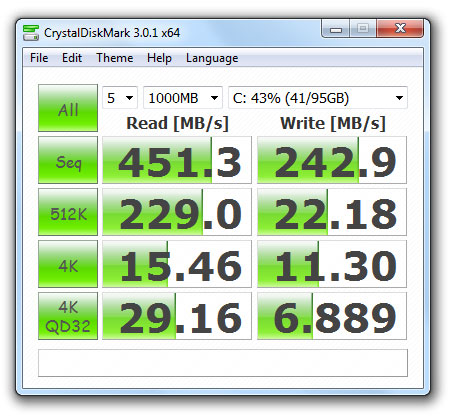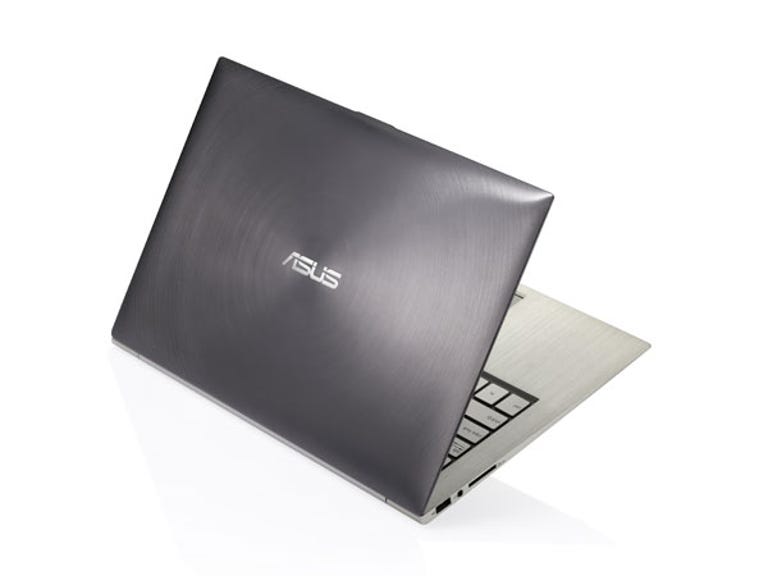 Why You Can Trust CNET
Why You Can Trust CNET Asus ZenBook UX31 review: Asus ZenBook UX31
Much like the UX21, the ZenBook UX31 is a beautiful performer trapped in a cage of awful usability. We look forward to Asus' next revision, where it will no doubt refine the experience into a winning product.
We weren't too impressed by the ZenBook UX21, the 11.6-inch Ultrabook from Asus. It was beautiful, it had a Sandforce SSD and it managed to pack in a Core i7, but the terrible touch pad, bad keyboard and limited viewing angles of the screen massively hampered its usability.
The Good
The Bad
The Bottom Line
So is anything different with this 13-inch version? Well, it incorporates a 1600x900 screen, for one; a nice increase over the far-too-common 1366x768. We don't know at what stage low-resolution screens became cool, but it's nice to have something with a little more space. Maybe it's only size that allows for this, but viewing angles are superior to the UX21.
By pure virtue of having extra room to play with, it gains an SD card reader, extra battery capacity and reduced operating heat, offering uncomfortable heat instead of scalding. It otherwise contains what the UX21 does — one USB 3.0 port, one USB 2.0, micro VGA and HDMI ports and a headset jack.
Although we found the response a little better on the UX31's keyboard than the UX21, it still frequently dropped keys, and the Sentelic touch pad is as genuinely awful, as it has always been, mixing up multi-touch gestures to the point that you'll need to turn them all off.
Our review sample contained a Core i7 2677M @ 1.8GHz, 4GB of RAM and a 256GB Sandforce-powered drive. While the drive suffers in write speeds compared to its full-sized brothers, the speed is nothing to sneeze at:

If only all hard drives were this good.
(Screenshot by CBS Interactive)
Performance
In this test, we're encoding a 720p XviD file to H.264, a primarily processor-bound task. The UX31 makes excellent representation in the Handbrake test. Considering the UX21 has the same specs, we can only assume it succumbed to heat, and throttled performance down.
Our iTunes test encodes two albums of AAC files to 224Kbps MP3s. It stresses both CPU and disk, allowing the SSD units to show their might against mechanical hard-drive competitors.
CNET Australia's Photoshop CS5 test applies many different filters to a series of RAW files, performs common tasks, such as layer creation, image rotation and resizing and then exports to the web. It hits all aspects of the system, and it's no surprise that the ZenBooks come out on top here.
For our multimedia multitasking test, iTunes is set to encode to MP3 continuously, while a Handbrake encode is run in the background; the time taken is when the Handbrake encode stops. Designed to punish the system, every extra bit of performance here counts. Here, the UX31 trades barbs with the UX21, the difference between the included SSDs and likely heat management showing some interesting results.
Interestingly, the Toshiba handles heavy loads on the battery better than the UX31, suggesting that it has superior power management. The Asus manages to claim the prize for light usage, though, making it likely that it has a higher-capacity battery.
Conclusion
Much like the UX21, the ZenBook UX31 is a beautiful performer trapped in a cage of awful usability. We look forward to Asus' next revision, where it will no doubt refine the experience into a winning product.


